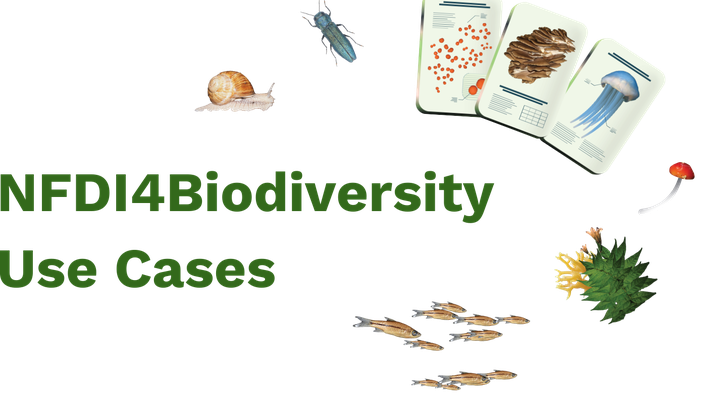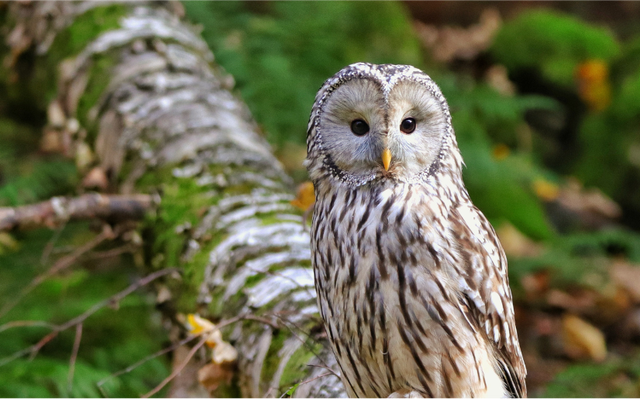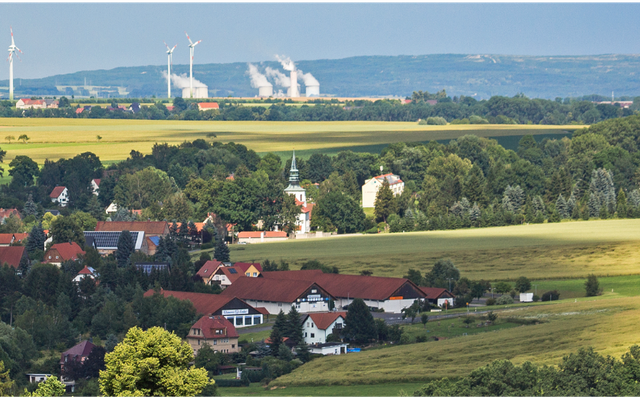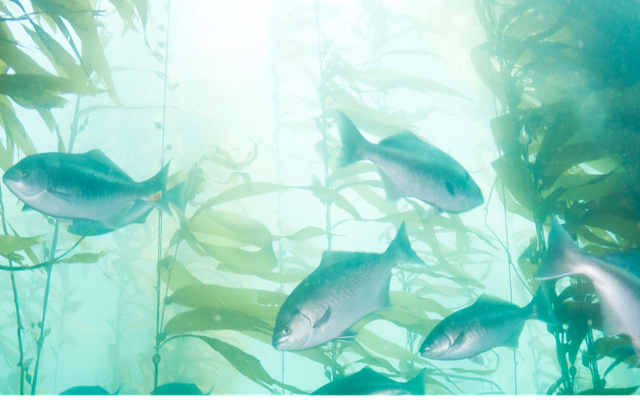Arachnological database ARAMOB
"Spiders are rich in species and individuals in all terrestrial habitats. They are considered valuable indicators of the state of ecosystems. This is why they are recorded with ground traps together with ground beetles as an important target group in nationwide insect monitoring. Understanding how, for example, land use and changes in habitats (among other drivers) affect spider species and spider communities is an important contribution to research into biodiversity in Germany and the basis for assessing threats (Red Lists) and the targeted protection of habitats and organisms." (translated from German).
Hubert Höfer, Head of the Biosciences Department and curator of the arachnid collections at the State Museum of Natural History Karlsruhe
About the Arachnological Society (Arachnologische Gesellschaft)
The Arachnologische Gesellschaft (AraGes) is a well-established organization for spider researchers in German-speaking regions and serves as a forum for exchange between experts and amateurs. The AraGes publishes scientific papers on arachnids in the open access journal Arachnologische Mitteilungen. It also offers a spider forum with a wiki. Questions can be asked and discussed in the forum, while the wiki serves as a platform for compiling information from the literature and supplementing it with your own photos, graphics and experiences. The Atlas of European Arachnids portal has been making records of arachnid species publicly available for more than 20 years, including more than two million data sets. Since 2020, systematically collected ecological data on spider cenoses in Europe has been publicly available via the ARAMOB portal.

The common goal: Making valuable data permanently accessible for research and nature conservation
The Arachnological Society (AraGes) aims to establish sustainable and effective data conservation for specialist societies and museums. It also aims to make its own data widely available to the public. Through networking with other specialist societies and an increased presence within the NFDI4Biodiversity network, unused, so-called "dark data" from arachnological studies are to be made accessible via the ARAMOB data repository. In addition, the company aims to increase the number of reports on arachnid species in Europe for the atlas in order to significantly expand the database and promote research and conservation of these species.
How we work together
NFDI4Biodiversity sees itself not only as an infrastructure project, but also as a network of experts within which institutions can link up, utilize synergies and implement joint projects. Several consortium partners have also come together as part of the ARAMOB use case: In a cooperation between the Staatliches Museum für Naturkunde Karlsruhe (SMNK) and the NFDI4Biodiversity partner institutions Staatliches Museum für Naturkunde Stuttgart (SMNS) and IT-Zentrum der Staatlichen Naturwissenschaftlichen Sammlungen Bayerns (SNSB) as well as the Ecology and Ecotoxicology of Biotic Communities working group at the Institute for Environmental Research at RWTH Aachen University (IFER), the ecological data was first systematically processed for a DFG project and made publicly available via the ARAMOB portal.
For further data collection and storage, an ongoing cooperation was agreed with the AraGes professional association. SNSB and SMNS, two established GFBio data centers, as well as SMNK and IFER manage and index the arachnological datasets in the Diversity Workbench database system, ensure data quality in accordance with the standards of the Arachnological Society and supervise the publication of the data via ARAMOB.
Results of the use case: ARAapp analysis tool, data publications and more
The ARAMOB portal currently offers almost 120,000 data records. These include around 500,000 individuals of 665 different species at 1300 locations. We provide important metadata for these datasets, which users can view on a map, search in species lists or edit after downloading. For initial analyses of the data, we also offer a special tool for data analysis, the ARAapp version 1.12 (Bach et al. 2024).
We continue to collect species-specific, ecologically analyzable study data that was previously inaccessible. In preparation for the Red List of Spiders of Germany, we were able to compile a further 718,000 data sets from arachnologists from 77 multi-year data collections, which we are curating in a harmonized manner in Diversity Workbench and making available to editors in a protected area on ARAMOB. Once the evaluations have been completed, most of this treasure trove of data will be made publicly available via ARAMOB and the Atlas of Arachnids.
A further step towards improving the data basis for ecological evaluations is the offer of data publication (Data Paper) in the journal of Arachnologische Mitteilungen, which was launched at the end of 2023. The framework and background (Bach et al. 2023) as well as an editorial (Raub et al. 2023) on the data papers were published in volume 66 of Arachnologische Mitteilungen at the end of 2023. In addition, a first data publication appeared in the same issue (doi: 10.30963/aramit6601), the data of which are now available via ARAMOB.
Furthermore, we plan to integrate additional arachnologically relevant thesauri and management tools into the Diversity Workbench database and to intensify the import of data by scientists. This will be facilitated by the provision of templates by the Arachnological Society.
Contact
For questions about the Arachnological Society (AraGes)
Hubert Höfer (hubert.hoefer@smnk.de), AraGes board member, website management, data management; head of the Biosciences Department and curator of the arachnid collections at the SMNK
For questions about the Use Case and NFDI4Biodiversity
Thore Engel (thore.engel@idiv.de), Use-Case-Manager
Discover other Use Cases
What is the potential of NFDI4Biodiversity? This is illustrated by our use cases: real-life applications in which we develop solutions for better data management and provision.

National park data
The data from the Bavarian Forest National Park reveal a great deal about the state of regional biodiversity and should therefore be made more readily available.

Land use monitor
Visualizable long-term data on land use can enrich biodiversity research enormously. Together with the IOER, we are integrating them into NFDI4Biodiversity.

Atlas of fish
The GfI's fish experts have more than 100,000 data sets on regional fish species. Together, we make them easier to find and therefore more accessible.